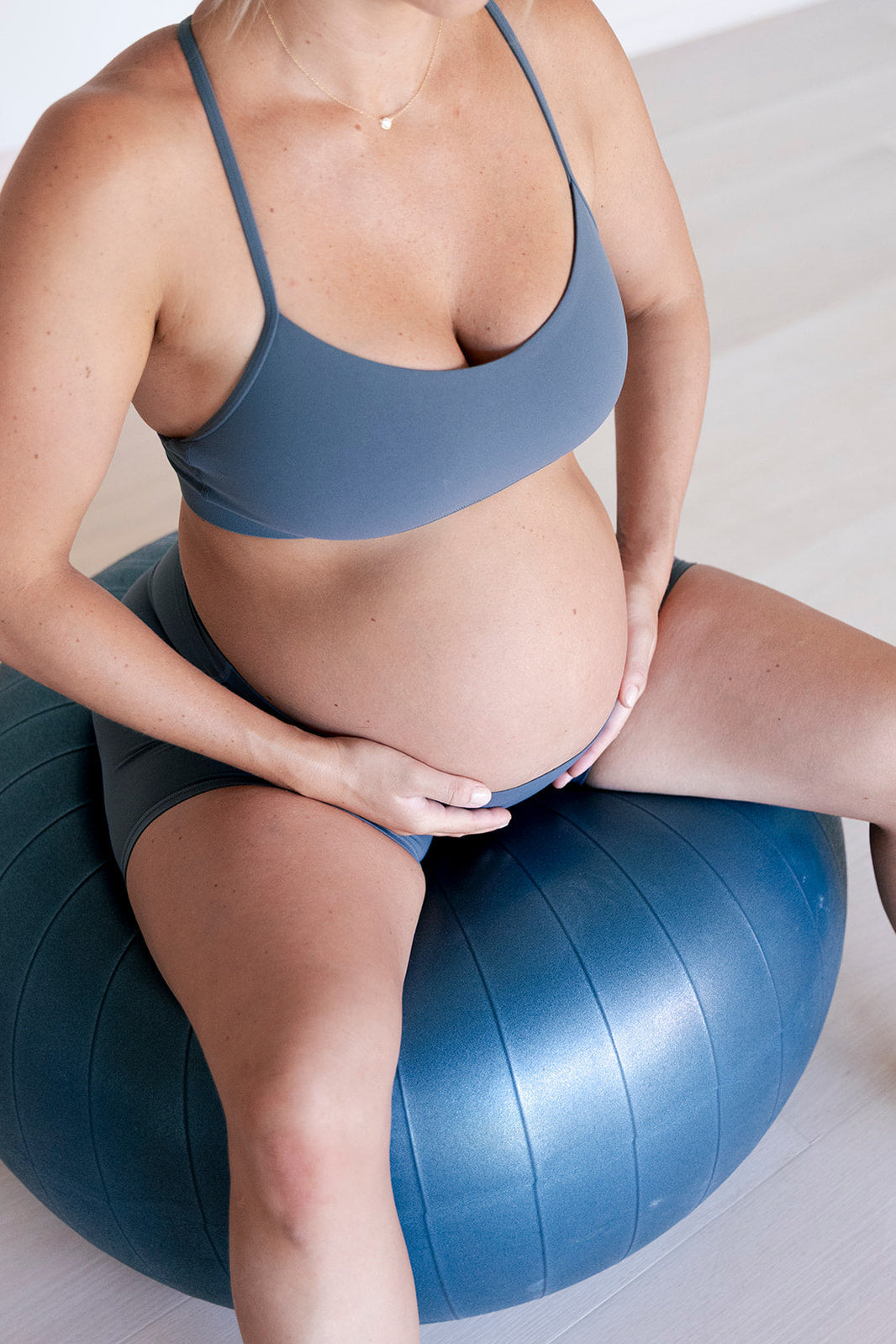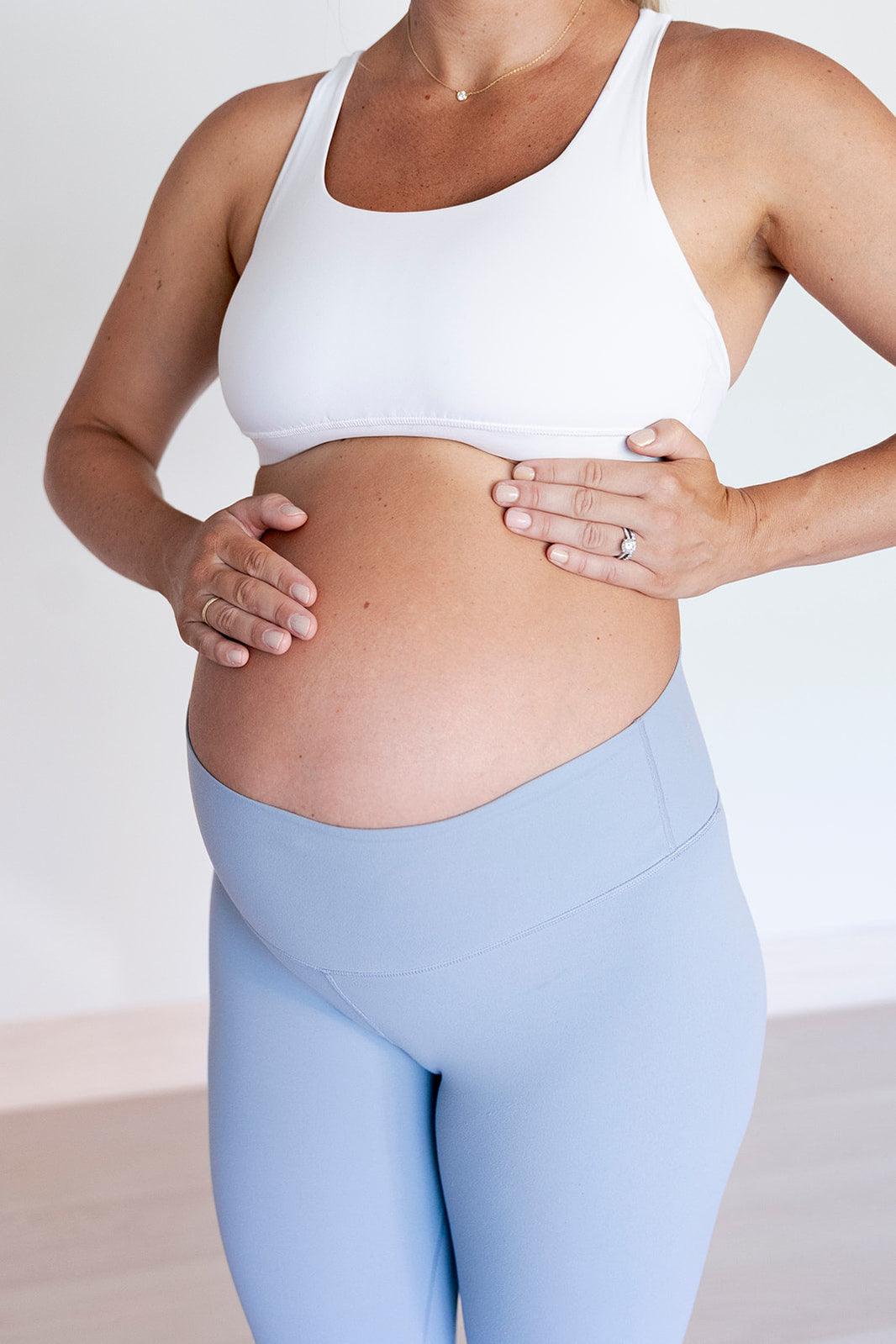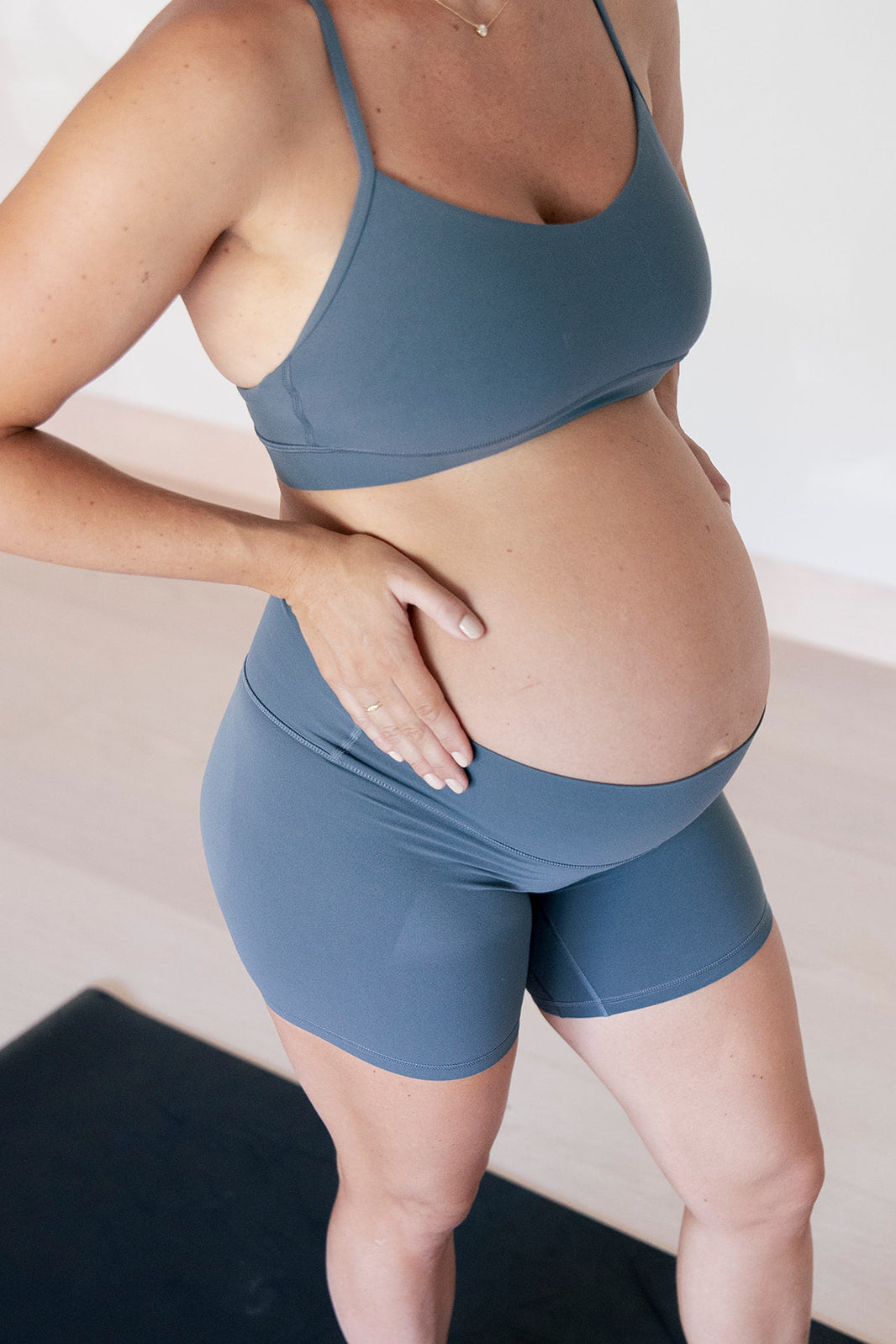Step-by-Step Guide to C-Section Scar Desensitization and Mobilization
Many Moms notice their incision feels tight, numb, tender, or even hypersensitive. Scar sensitivity is common after a...

If you’re newly postpartum and have heard the word prolapse, chances are it brought on a wave of worry. Maybe you Googled it and now feel overwhelm...

By Dr. Anya, Pelvic Floor Physical Therapist If you’re in the early days, weeks, or even months postpartum, I want to start by saying this: You a...

If you’ve been experiencing pain in your pelvic area during pregnancy, you’re not alone. This condition is super common, and while it can be uncomf...

During pregnancy, your rib cage undergoes some amazing transformations. To make room for your growing baby, your ribs start to flare upward and out...

So, you’re currently pregnant and still working out as you did pre-pregnancy and want to learn about if you need to change anything with your train...

Round ligament pain is a common symptom of pregnancy, caused by the amazing (and challenging) changes your body goes through to support your baby. ...

Whether you’ve heard of Kegels or simply want to know more about these muscles, let’s talk about how uderstanding the pelvic floor, why it’s import...

Let’s talk about the changes that happen during the first 6 weeks postpartum, why it’s important to not just immediately get back into exercise, an...

Returning to running after having a baby is a significant milestone and returning to running postpartum should be looked at much like recovering fr...

Pregnancy is an incredible journey, and as you get closer to labor, preparing your pelvis and pelvic floor can make a big difference in your birth...

Diastasis recti is a completely normal and expected part of pregnancy. Your body is making space for your growing baby, and your abdominal muscles ...

If you’re a new momma wondering what’s safe, what’s helpful, and what to avoid, this post will walk you through it clearly and confidently—without ...